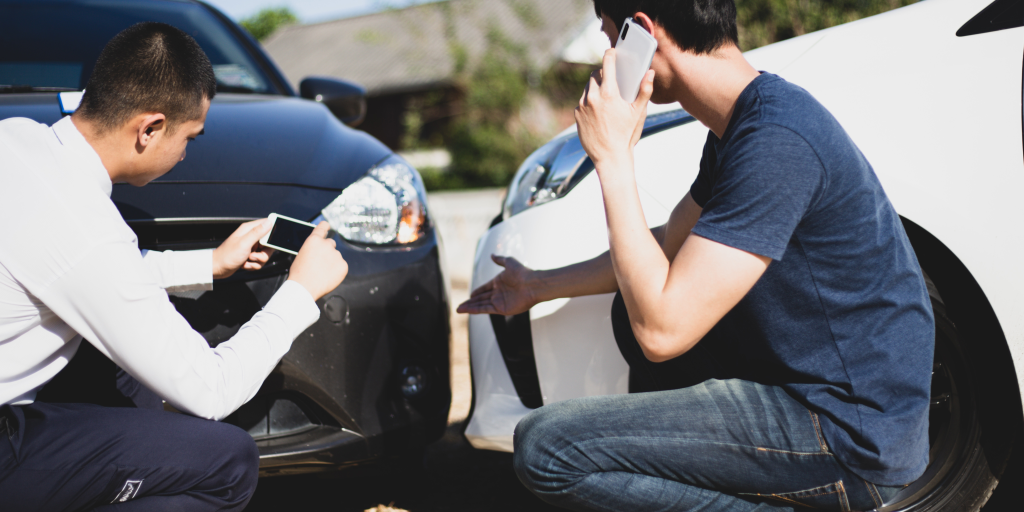
When buying a used car, one of the most important factors to consider is its accident history. Even a minor accident can affect a vehicle’s overall performance and safety. Therefore, ensuring that the used car you’re interested in has not been involved in any significant accidents is crucial. Here’s a step-by-step guide on how to check a used car’s accident history:
1. Request the Vehicle Identification Number (VIN)
The VIN is a unique code assigned to every car. It contains important details about the car’s make, model, and history. Request the VIN from the seller, as it is essential for checking the car’s accident history.
2. Use Online Vehicle History Check Tools
Several online platforms, such as Carfax, Autocheck, or INDICHECK (for Indian vehicles), offer vehicle history reports. These services use the VIN to provide detailed records of the car’s past, including any accidents, damage, or insurance claims.
3. Verify with the Insurance Company
Contact the insurance company that covered the car in the past to ask if there are any claims related to accidents. If the car was involved in a significant accident, the insurance company should have a record of it
4. Inspect the Car for Physical Damage
Conduct a thorough visual inspection of the car. Look for signs of past accidents, such as:
- Mismatched paint or panels.
- Uneven gaps between body panels.
- Paint overspray on areas that shouldn’t have been painted.
- Signs of welding or new metalwork on the frame.
If you notice any of these signs, it could indicate that the car has been in an accident and repaired.
5. Get a Professional Mechanic’s Inspection
A mechanic can perform a detailed inspection to identify structural damage or signs of previous accidents that may not be immediately visible. They can also assess the alignment of the frame and check if the car’s safety features, such as airbags and seatbelts, were impacted in any way.
6. Check the Car’s Title
Request a copy of the car’s title. Look for terms like “salvage,” “rebuilt,” or “junk,” which indicate that the car was previously involved in a serious accident and deemed unfit for use by the insurance company. A clean title means that the car hasn’t been involved in a major accident that resulted in such a designation.
7. Review Service and Repair Records
Ask the seller for any service or repair records that detail previous work done on the car. If the records mention repairs related to accidents, this could provide insight into any past damage.
8. Check for Airbag Deployment
Airbags deploying during an accident is a clear indicator of a collision. Ask the seller if the car’s airbags have ever been deployed. If the airbag has been replaced, it might indicate a previous accident.
9. Compare the Car’s Market Value
Compare the price of the used car with similar models in the market. If the price is unusually low, it might suggest the car has hidden issues such as accident damage, which the seller may not have disclosed.
10. Trust Your Intuition
If something feels off about the car, whether it’s the seller’s hesitation to provide information or suspicious signs during the inspection, don’t hesitate to walk away. Trusting your instincts can help you avoid making a bad purchase.